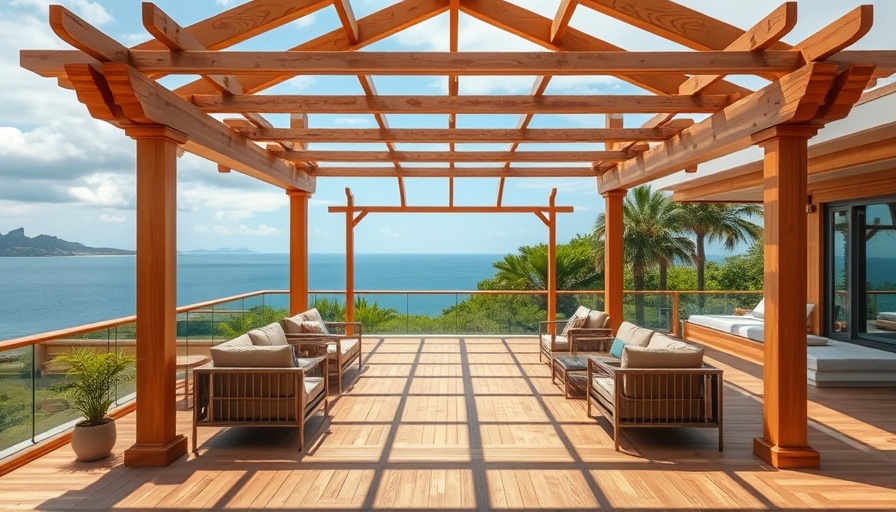
Understanding Sugi: The Japanese Cedar
Sugi wood, derived from the Japanese cedar tree (Cryptomeria japonica), is an evergreen species celebrated for its durability and aesthetic appeal. Originating from Japan, sugi has become famed worldwide, boasting a range of applications in both construction and traditional crafts.
Not only does sugi possess a straight grain and a coloration that ranges from pale yellow to light brown with hints of red, but it also stands out for its low density and lightweight nature. These characteristics make it especially appealing to architects, contractors, and artisans alike.
Cultural Significance and Uses
This wood has been used extensively in constructing sanctuaries and traditional houses in Japan, thanks to its natural resistance to decay, fungi, and insects. Its aromatic properties also enhance its desirability for incorporation into cultural ceremonies.
Sugi vs. Western Red Cedar: Key Comparisons
When evaluating sugi against Western Red Cedar (Thuja plicata), which is prevalent in the Pacific Northwest, several distinctions arise. While both offer striking aesthetics, with sugi showcasing a smooth texture and fine grain, Western Red Cedar is marked by its richer reddish-brown tones and often more pronounced grain patterns.
The fundamental differences extend beyond looks; sugi's origin and availability make it a unique choice, especially for projects looking to incorporate a piece of Japanese heritage. However, Western Red Cedar continues to dominate due to its accessibility in North America and its proven longevity in outdoor applications.
Why Consider Sugi for Your Projects
For home service businesses including HVAC and plumbing contractors, understanding the materials at your disposal can enrich your project offerings. Sugi wood can add a unique touch to both interior and exterior construction. Bring a slice of Japanese craftsmanship to your home renovation projects with sugi—a wood that marries cultural significance with functional performance.
Deciding between sugi and Western Red Cedar depends not just on aesthetic preference but also on the message you wish to communicate through your work. Consider your client's needs and stylistic aims when making recommendations.
To learn more about incorporating unique materials like sugi in your next home improvement project, consult with local suppliers who can assist in sourcing high-quality timber.
 Add Row
Add Row  Add Element
Add Element 


 Add Row
Add Row  Add
Add 

Write A Comment